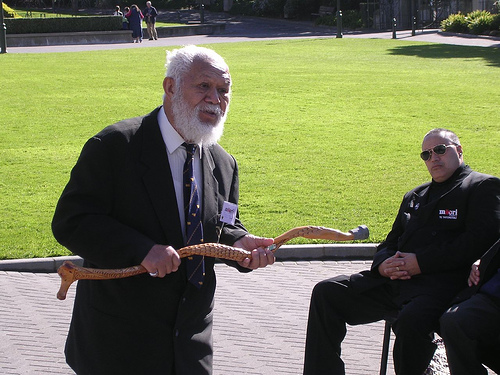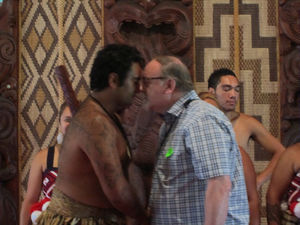Implications for your teaching practice
| Practice Context | |
|---|---|
| Cultural Competence | |
| The New Zealand context | Objectives | What do you know about the Treaty? | Implications for your teaching practice | e-Learning activity - Exploring the Treaty of Waitangi. | Learning Summary |
Contents
Principles of the Treaty
The principles of the Treaty have been derived from the 3 Articles of the Treaty and there has been much debate over the years around the definition and nature of those principles. The principles include: governance, kawantanga, active protection, equality, the right to self-regulation, self-management, rangatiratanga, the right of redress for past breaches, reasonable cooperation for duality and unity, and the duty to consult. [1]
Applying the principles
.
|
In 1988 a report was published from the Royal Commission on Social Policy, this popularised the three P’s: Participation, Partnership and Protection in relation to the principles of Te Tiriti o Waitangi. The 3 P’s are often referred to in health and education. This January 2012 edition of theThe New Zealand Curriculum Updateis an easy read outlining how participation, partnership and protection can be considered in New Zealand Education settings. [2]
|
Further exploration for those who want more .
|
Does the organisation that you work for have an agreement or Memorandum of Understanding with the local runaka as manawhenua to ensure that needs of Maori learners in the region are addressed? Otago Polytechnic has a Memoradum of Understanding with local runaka. This MOU is based upon the Kai Tahu Treaty of Waitangi Principles. To read the Kai Tahu principles refer to Appendix 1, page 8 of the Memorandum of Understanding. [3] Local History If you wish to read more on good local context for those in the Otago region the first two chapter's of Harry C. Evison's The Ngai Tahu Deeds: A window on New Zealand history[4] provide valuable insights and is a great starting point. |
References
.
- ↑ Hayward, J. (1997). The principles of the Treaty of Waitangi. Appendix to Ward, A. (1997) Rangahaua Whanui National Overview. Wellington: GP Publications. Retrieved from http://www.waitangi-tribunal.govt.nz/doclibrary/public/Appendix%2899%29.pdf
- ↑ Ministry of Education. (2012, January). The New Zealand Curriculum Update. Issue 16. Retrieved from http://nzcurriculum.tki.org.nz/Curriculum-resources/NZC-Updates/Issue-16-January-2012
- ↑ Te Rūnanga o Moeraki, Kāti Huirapa Rūnaka ki Puketeraki, Te Rūnanga o Ōtākou, Hokonui Rūnanga Inc (kā Papatipu Rūnaka) & Otago Polytechnic. (2004, January). Memorandum of Understanding between Te Rūnanga o Moeraki, Kāti Huirapa Rūnaka ki Puketeraki, Te Rūnanga o Ōtākou, Hokonui Rūnanga Inc (kā Papatipu Rūnaka) and The Otago Polytechnic. Dunedin: Otago Polytechnic.
- ↑ Evison, H.C. (2006). The Ngai Tahu Deeds: A window on New Zealand history. Christchurch, New Zealand: Canterbury University Press.

